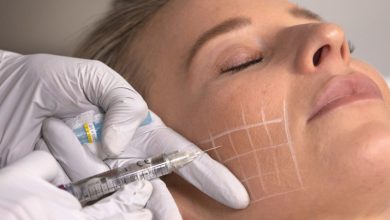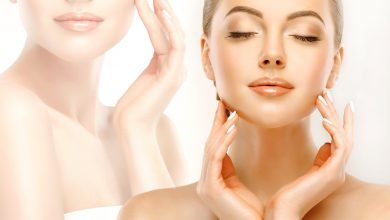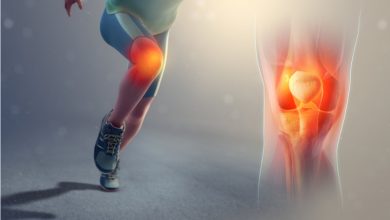Types of Hair Fall & Prevention Tips
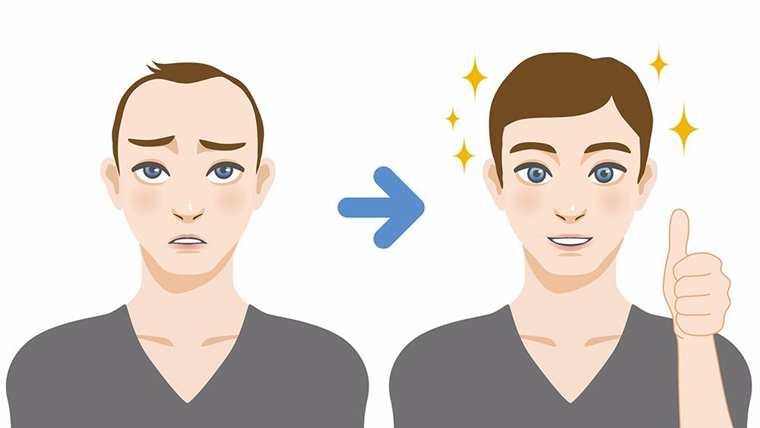
Hair fall are often caused because of environmental pollutants or poor hair care routine. In some cases, it might be because if an underlying health issue. Whatever is that the explanation for the hair fall, knowing about it is important for getting the proper treatment.
But Dr. Gajanan Jadhao who is one of the best Kerala based hair transplant surgeon says that before knowing about the common hair fall reasons, it’s important to know the hair growth cycle and whether your hair loss is temporary or permanent in order to treat it effectively.
Hair growth cycle
Each follicle goes through three phases:
Anagen phase is that the active phase of hair growth that sometimes lasts for about two to 6 years. Around 85-90% hair on the scalp is in this stage at a given point in time. Catagen phase is that the transitional phase that lasts few weeks (2-3 weeks). Telogen phase is that the end phase of hair growth, which is the resting phase. Around 13% of our hair is in this stage.
After the completion of the telogen phase, hair follicles shed, which is replaced by new hair and therefore the cycle continues. “However, the hair growth cycle is usually influenced by several factors such as an individual’s age, diseases, medications, hair care routine, habits and diet.”
Says Dr. Audumbar who is one of the best hair transplant surgeon in Navi Mumbai.
Here are the various sorts of hair loss:
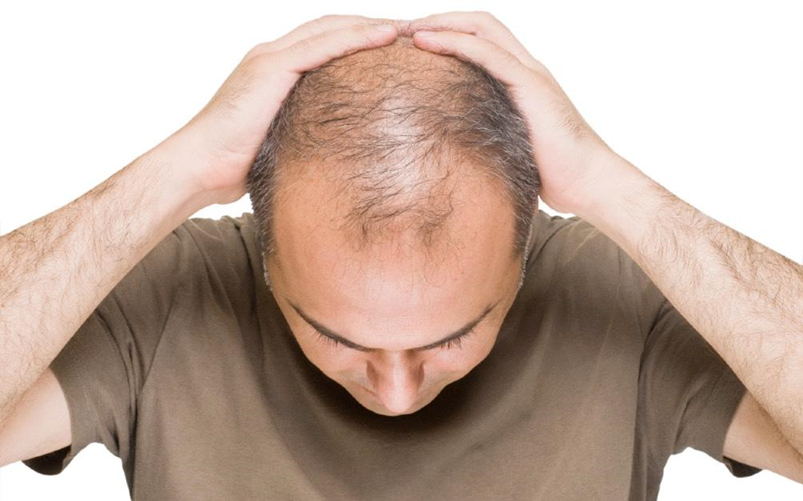
Alopecia may be a medical term that refers to baldness and or hair loss. Hair loss over a particular area of the scalp or the whole scalp are often because of these following conditions.
- Androgenic/androgenetic alopecia: according to the specialists, it’s one among the foremost common sorts of hair loss that causes permanent hair loss from the scalp. As the name suggests it’s a genetic condition which will affect both men and ladies.
-In men, it’s referred to as male pattern baldness, which is characterized by gradual thinning and hair fall from the crown and front region and may occur at a young age (early 20s).
-In women, it’s referred to as female pattern baldness, which causes thinning of the centre hair part. Unlike men, in women, it always occurs at the age of 40 and above.
- Alopecia areata: It causes sudden hair loss which is characterized by one or more circular bald patches on the scalp and hence, referred to as spot baldness. It might be an autoimmune disorder (where the immune
cells attack hair follicles) or could also be the result of stress. In some cases the hair regrows over time.
- Alopecia totalis: it’s a kind of hair loss that causes baldness over the whole scalp (complete baldness). the precise cause isn’t known but it’s believed to be the advanced sort of alopecia.
- Alopecia universalis: Unlike alopecia totalis, alopecia universalis causes hair loss not just from the scalp but everywhere the body. This includes hair loss from the eyebrows, underarms, and pubes.
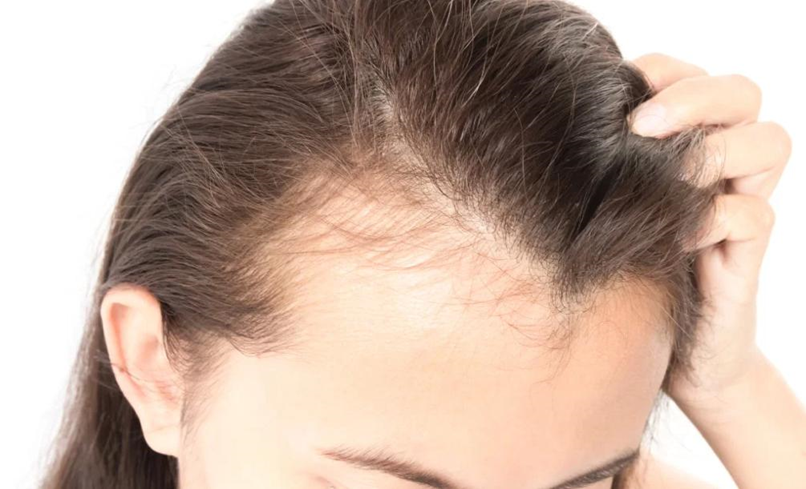
- Traction alopecia: This condition is caused by pulling of the hair repeatedly while making pony tails or other such styling. Avoiding these grooming mistakes can assist you to stop this sort of hair loss. If left ignored, it can cause permanent hair loss.
- Telogen effluvium: It causes temporary thinning of the hair and hair loss over the scalp, which may be fixed by treating the underlying explanation for the condition. It occurs when an outsized number of hair follicles enter into the telogen phase causing hair fall, thinning of hair and hair loss, following a stressful event.
- Anagen effluvium: during this condition, there’s an abnormal loss of hair within the anagen phase caused because of chemotherapy or other drugs or exposure to toxic chemicals.
- Cicatricial alopecia: Also referred to as scarring alopecia, it’s characterized by inflammation of the follicle that form a scar on the scalp and destroys the hair follicles. As a result, it causes irreversible or permanent hair loss that can not be easily treated.
Prevention Tips
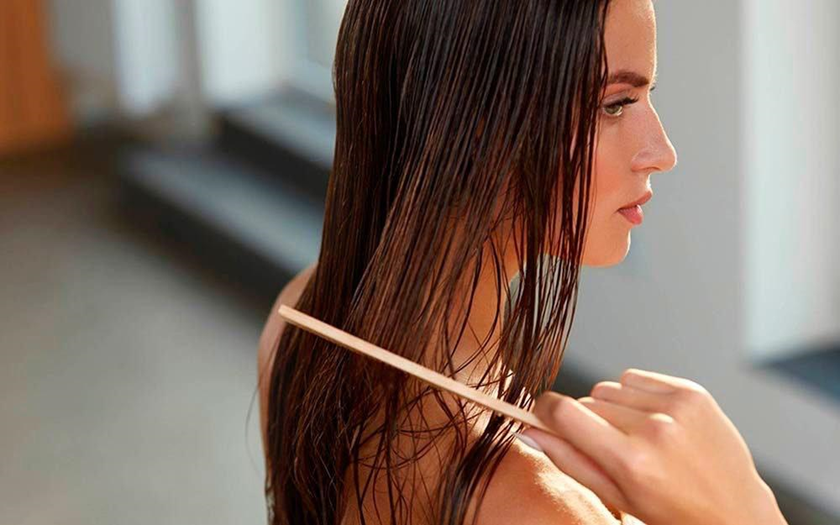
If you’re already experiencing hair loss, then making few changes in your hair care routine and following these simple tips can help alleviate the matter . These are:
- Limit the utilization of use of hair styling products and tools like hot rollers, curling irons, hot oil treatments, etc because it can cause hair breakage and cause hair fall.
- Say to not tight hairstyles and avoid unnecessary twisting, rubbing or pulling your hair. Don’t rub wet hair with a dry towel but wrap a towel to soak water and permit it to dry naturally.
- Avoid combing aggressively because it can cause split ends and hair breakage. Instead, use a wide-toothed comb.
- Apply oil regularly because it can prevent dirt and toxins from getting into the follicle. Also gently massage the scalp because it can promote blood circulation within the scalp area.
- Eat a diet rich in essential nutrients like vitamins, minerals and antioxidants along side proteins, fats, and carbohydrates to stop hair damage
- Do not follow crash diets as rigorous dieting can impair the availability of nutrients to the hair follicles, which results in telogen effluvium.
- Quit smoking as smoking can cause premature ageing of the hair cells which may make the follicles brittle and thin, causing the hair follicles to damage easily.
- Learn to deal with stress because it can’t only cause hair loss but also cause hormonal imbalance within the body.
- Do consult a trichologist or a dermatologist to understand the precise explanation for the hair fall and obtain proper treatment. Don’t self medicate like use of supplements or hair care products for hair growth.


